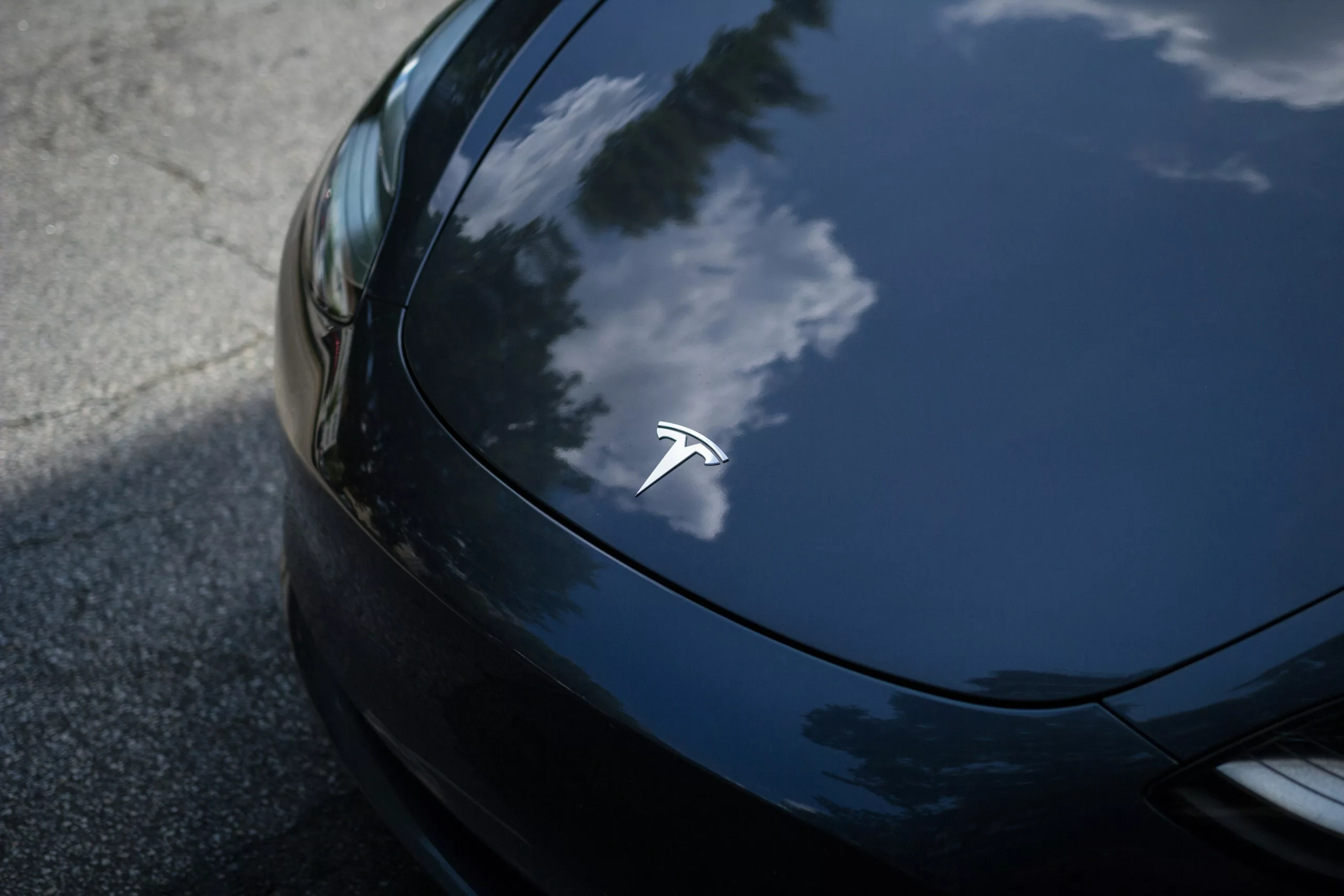The Power of Words in Tech: A Look at Tesla’s Controversial Autopilot
The term “Autopilot” used by Tesla has sparked significant controversy over the years, given the perceived implications of its capability. Elon Musk’s persistent use of the term, despite regulatory pushback, has created a narrative that Tesla vehicles possess full autonomy, without the need for meaningful human intervention—a situation that has incited regulators to act.
Tesla’s Autosteer Feature Under Scrutiny
The National Highway Transportation Safety Administration (NHTSA) has been particularly vocal about the potentially misleading nature of Tesla’s system capabilities. Autosteer, a component of Tesla’s Full Self-Driving suite, necessitates driver supervision—a point that NHTSA emphasized by requiring a software “recall” to address safety concerns.
Governmental Oversight and Compliance Demands
Despite software updates intended to assuage these concerns, tensions between Tesla and the NHTSA have persisted, culminating in required additional updates and an ultimatum from NHTSA for Tesla to provide detailed data under the threat of severe fines.
The Justice Department’s Investigation into Tesla
Exploring Allegations of Misrepresentation
Amidst the regulatory discourse, reports have surfaced that the Justice Department may also be investigating Tesla for potential securities or wire fraud, focusing on discrepancies between Tesla’s claims of vehicle capabilities and the actual functionality of their driver assistance systems.
Legal Definitions and the Boundary of Puffery
The distinction between permissible salesmanship and actionable fraud stands at the heart of the investigations. Tesla’s statements about its autonomous driving features could cross into the realm of criminal misrepresentation if they are proven to be knowingly false and harmful to consumers or investors.
Automotive Technology and Legal Accountability
Autopilot Related Incidents and Responsibility
Recent incidents involving Tesla’s Autopilot have raised questions about driver awareness and the technology’s role in maintaining the safety of all road users. Legal implications are becoming more apparent, with some questioning the ethicality of public beta testing for such systems.
The Risks of Misleading Autonomy Claims
Increasing scrutiny from regulatory bodies and law enforcement has unveiled a gap between public perceptions and the actual abilities of Tesla’s driver assistance technologies, emphasizing the potential dangers of overestimating these systems’ autonomy.
The Ongoing Saga: Tesla, Musk, and Regulatory Conformity
Despite the various challenges and investigations, Elon Musk remains steadfast in his endorsement of Tesla’s automated driving features. The company’s handling of recent lawsuits and incidents reveals the complexities surrounding autonomous vehicle technologies and their real-world implications. Tesla’s narrative around its semi-autonomous systems may be at a critical juncture as it navigates the unfolding legal landscape.
Understanding the gravity of these issues is essential for both current and prospective Tesla vehicle owners, policymakers, and the broader public as we forge a path through the evolving terrain of autonomous driving technology.
